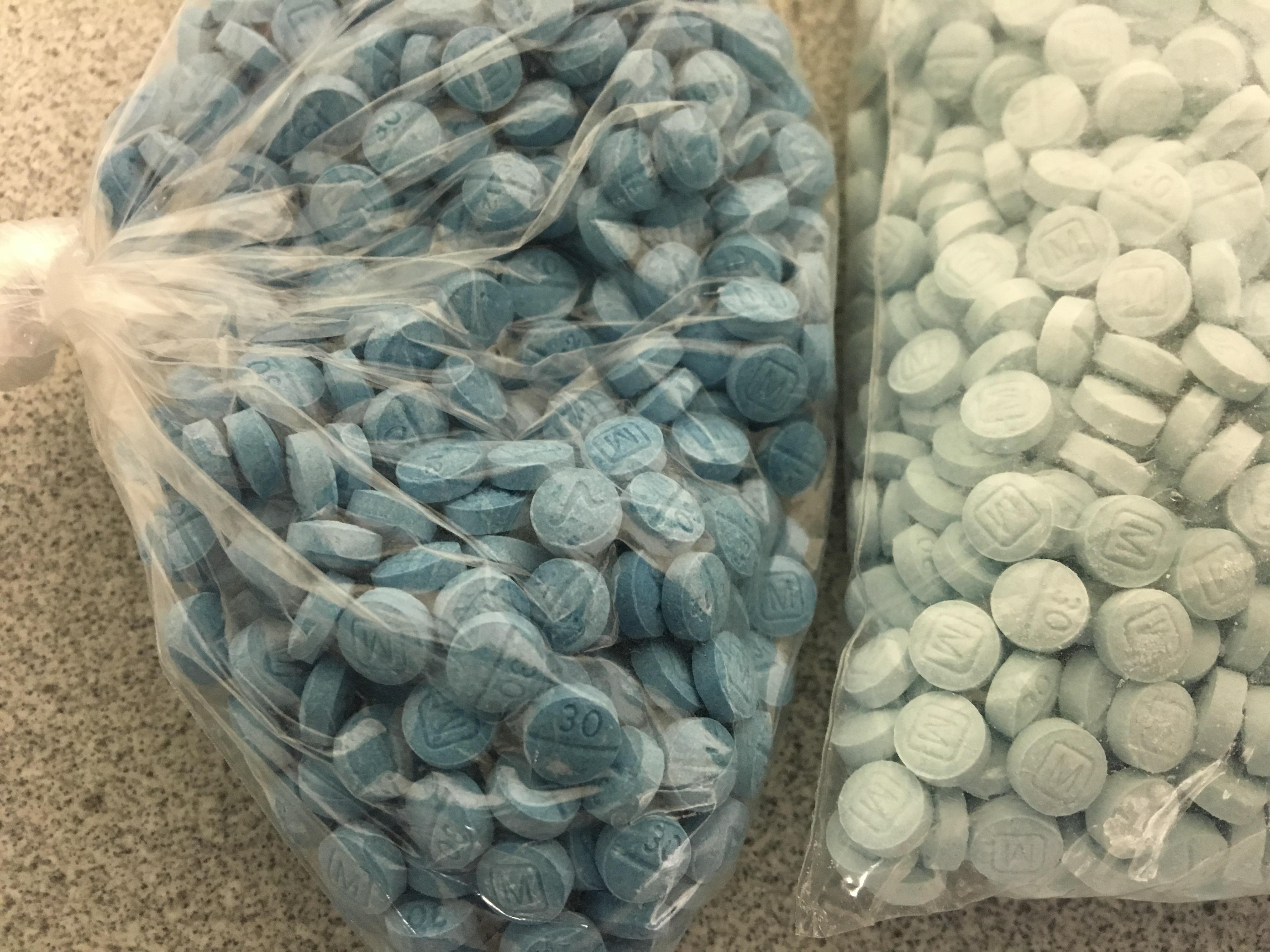The global opioid crisis is worse than we thought.
Thanks to new and more precise data from India and Nigeria – two countries that are among the 10 most populous in the world – the World Drug Report 2019, published last week by the UN Office on Drugs and Crime (UNODC), now estimates there are 53 million opioid users globally, up 56 percent from earlier estimates. Additionally, opioids – including oxycodone, fentanyl, tramadol, heroin, morphine and related drugs – are to blame for two-thirds for the 585,000 people who died in 2017 from drug use around the world.
However, the report notes that gaps in prevention and treatment are severe. While about 35 million people in the world suffer harmful drug use to the point of dependence and/or requiring treatment, the report estimates, only 1 in 7 people (or less than 13 percent) who need treatment receive it. The absence of prevention and treatment options are an especially big problem in prisons, where many inmates have a history of drug use, particularly injecting drug use, which also creates a higher risk of HIV and hepatitis C transmission.
Globally, the report estimates that 11 million people injected drugs in 2017. Of those, 1.4 million live with HIV and 5.6 million have hepatitis C.
North America continues to struggle with a synthetic opioid overdose crisis – more than any other region, in fact. Deaths attributed to opioid use, particularly fentanyl and its analogues (chemically similar drugs), reached an all time high and increased the most in North America in 2017.
In the US, overdose deaths increased 10 percent from 2016 to 2017, hitting a record of more than 70,000. Of those deaths, opioids were responsible for 68 percent. In Canada, opioid-related deaths increased 33 percent, from over 3,000 deaths in 2016 to nearly 4,000 in 2017 – and 93 percent of them were accidental overdoses.
While North America’s opioid crisis has been reported on widely, West, Central and North Africa are experiencing an opioid crisis of their own that requires “equally urgent international attention,” the report says.


Instead of fentanyl and its analogues like in North America, the primary culprit in Africa’s opioid crisis is the painkiller tramadol.
According to the report, law enforcement seized less than 10 kilograms of tramadol globally in 2010. In 2013, they seized nearly 9 tons, and in 2017, they seized a record high of 125 tons.
The report says that data is limited on Africa’s crisis, but what is available indicates that the tramadol that is being used for non-medical purposes in Africa is being illegally manufactured in South Asia and being trafficked to West, Central and North Africa and the Middle East.
According to the report, the tramadol crisis illustrates the challenges faced by low- and middle-income countries as they try to balance providing access to drugs like tramadol for medical purposes, while preventing abuse and suppressing organized crime and trafficking – all while struggling to manage overworked health-care and law enforcement systems with limited resources. That is why the report says international support is urgently required.
“The findings of this year’s World Drug Report fill in and further complicate the global picture of drug challenges, underscoring the need for broader international cooperation to advance balanced and integrated health and criminal justice responses to supply and demand,” Yury Fedotov, UNODC Executive Director, said in press release.
Meanwhile, UNODC also reports that cannabis continues to be the most widely used drug globally and that Southeast Asia is the fastest-growing methamphetamine market. Of the 745 million methamphetamine tablets seized in East and Southeast Asia in 2018, 515 million were in Thailand. The report says there’s also been a recent shift in the manufacture and trafficking of the drug from China to other countries in the region.
Afghanistan continues to cultivate and produce the vast majority of opium in the world, and despite a drought, heroin continues to reach markets and production remains at record levels – as does the manufacture of cocaine. In 2017, the estimated global illicit manufacture of cocaine increased 25 percent from 2016 to an all-time high of nearly 2,000 tons in 2017.
However, the amounts of opium and cocaine being seized by law enforcement are also higher than ever. While the manufacture of cocaine has increased 50 percent over the past decade, the amount seized has increased 74 percent in the same time period. According to the report, this suggests that efforts to intercept drugs have improved and international cooperation may help even more.
The report repeatedly emphasizes that while law enforcement is an “integral part of the solution,” so are public health responses, especially to those in prisons. Additionally, “irrational prescription practices, unjustified promotion and uncontrolled availability of prescription drugs” have resulted in not just an American opioid crisis, but a global one.
“By working together and focusing attention and resources, we can help people get the services they need without discrimination, promote security and bring criminals to justice, safeguard health and … achieve Sustainable Development Goal targets to ensure healthy lives and promote peace and justice,” the report says.
